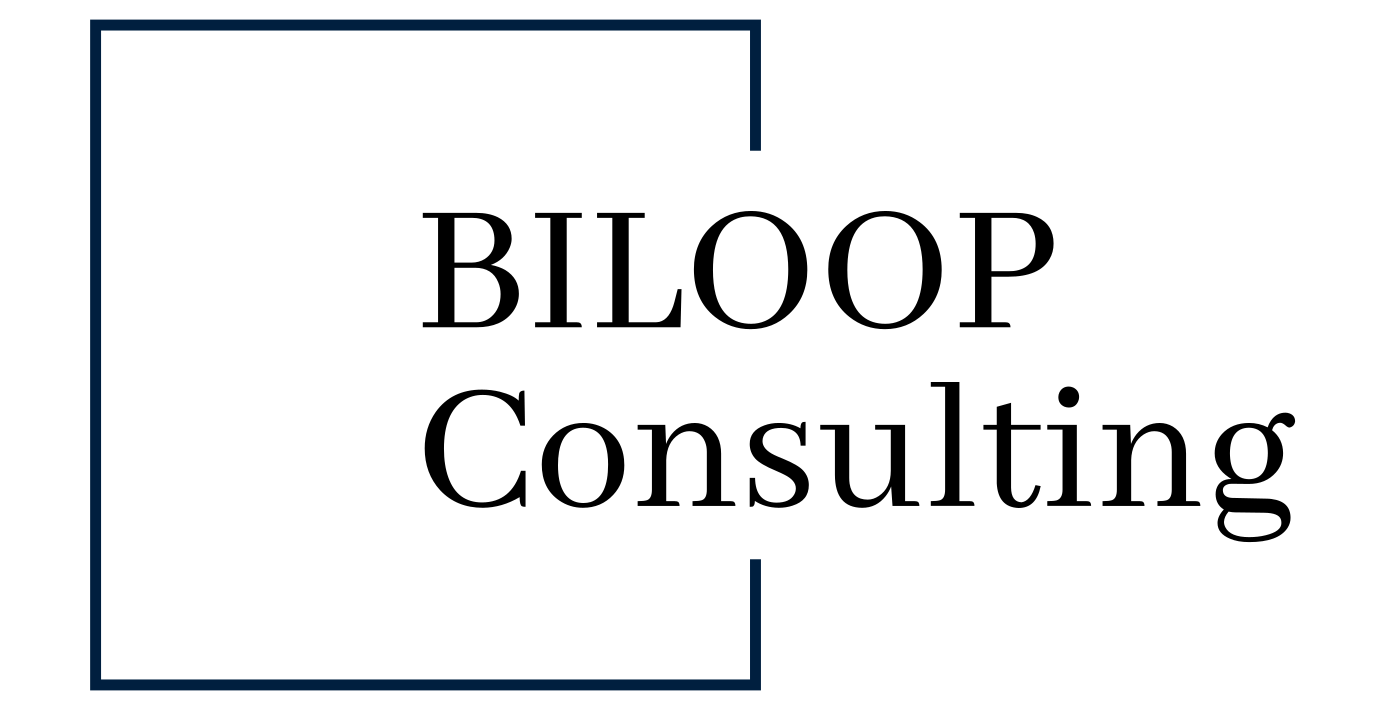A well-thought-out marketing strategy is crucial for successfully positioning a company in the market, effectively addressing the target audience, and building long-term customer relationships. However, often marketing, sales, product development, and other departments do not work together sufficiently. This is where the alignment approach comes in: it ensures that all involved areas work towards a common goal and thus the full impact of the marketing strategy is achieved.

Why alignment is crucial for marketing concepts
- Consistency in messaging A key factor in a successful marketing strategy is consistency in communication. If marketing, sales, and other stakeholders convey different messages, it creates confusion for the customer. Alignment ensures that all channels – from social media to sales conversations – speak a unified language.
- Practical example: A company for sustainable sweets relied on alignment to develop a clear core message. As a result, both advertising campaigns and sales arguments were consistently aligned with the number one position in sustainability and quality.
- More efficient use of resources Marketing budgets are often limited, and resources should be used purposefully. Through alignment, priorities are clearly defined, avoiding duplication of effort and increasing effectiveness.
- Practical example: A medium-sized IT company was able to ensure, through coordination between marketing and sales, that pitch materials were tailored exactly to the needs of the sales teams. This avoided unnecessary duplication of effort and increased closing rates.
- Increased customer focus A successful marketing concept puts the customer at the center. Alignment enables all departments to develop a common understanding of the target group and tailor their measures accordingly.
- Practical example: An e-commerce company used alignment to match marketing campaigns with insights from customer analysis. The result was personalized offers that significantly increased the conversion rate.
How alignment is implemented in marketing concepts
- Joint definition of goals At the beginning of every marketing concept, clear goals are defined. Through alignment, these goals are aligned with the overarching company goals and supported by all stakeholders.
- Example: Instead of pursuing isolated KPIs such as click rates or sales increases, a holistic goal such as increasing brand awareness or customer loyalty is defined.
- Use of data-driven insights Data is the key to a successful marketing concept. Alignment ensures that all departments have access to relevant data and interpret it uniformly.
- Example: A media company used customer data from various departments to develop an integrated campaign that was successful both online and offline.
- Regular coordination Alignment is an ongoing process. Regular moderated meetings and reviews between the teams involved ensure that the marketing concept can react flexibly to changes.
- Example: A tech startup established weekly alignment meetings between marketing, product development, and customer service to dynamically adjust and optimize campaigns.
Benefits of alignment in marketing concepts
- Higher efficiency: Resources are used purposefully, and unnecessary friction is avoided.
- Stronger impact: A unified message increases the impact of campaigns.
- Flexibility: Thanks to continuous coordination, strategies can be quickly adapted to new market conditions.
- Employee motivation: When all stakeholders pursue a common goal, engagement and identification with the marketing strategy increase.
Conclusion
Alignment is conducive to a successful marketing concept. It ensures that the marketing strategy is seamlessly integrated into the overall strategy. Companies that rely on alignment benefit from consistent internal and external communication.

